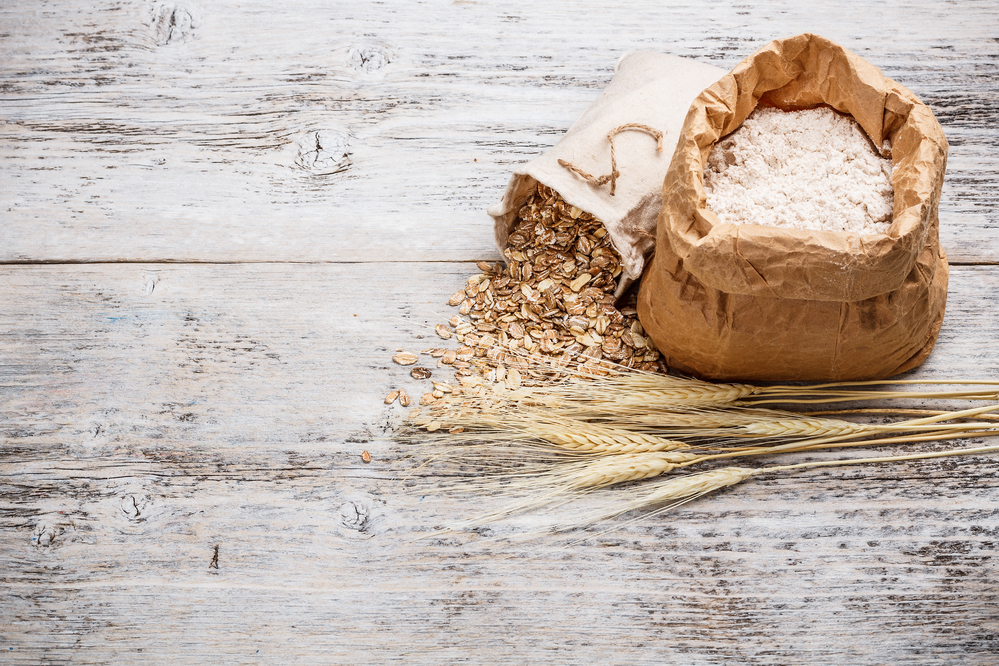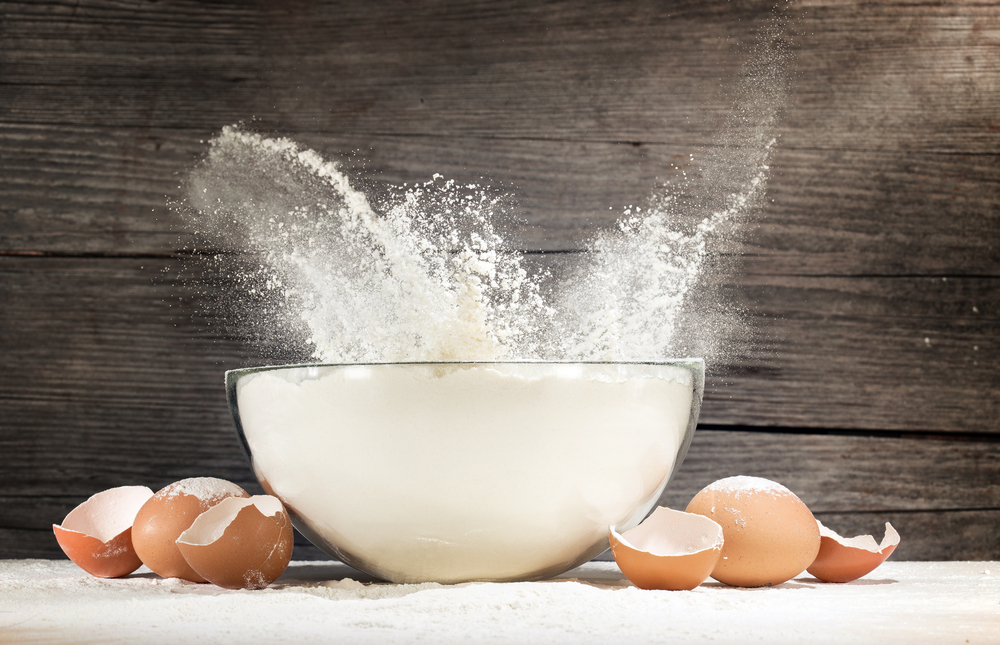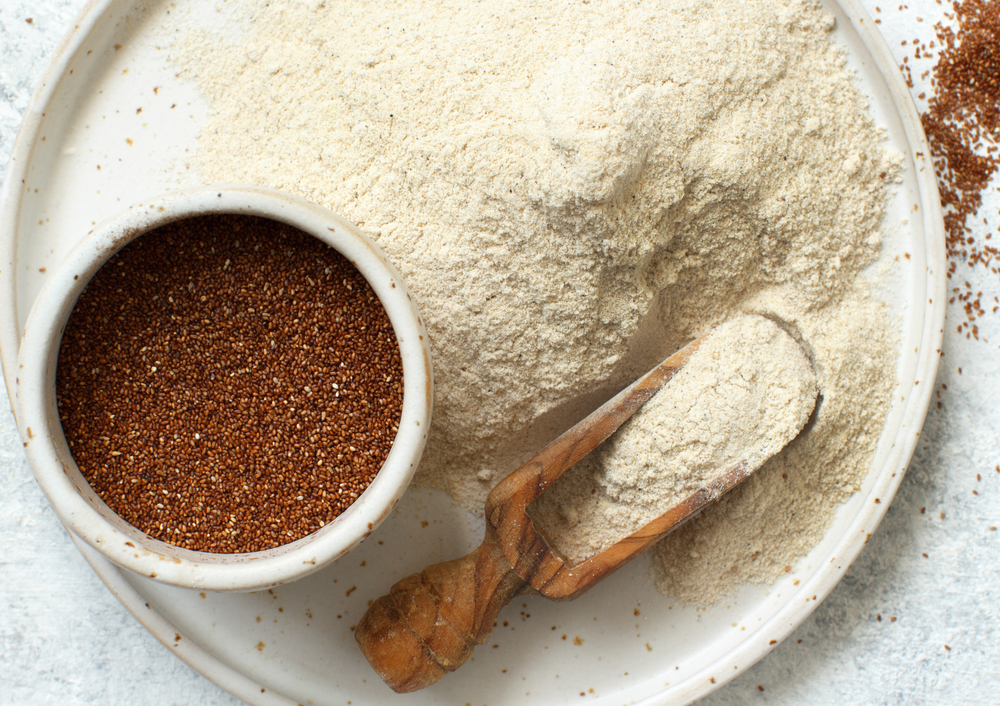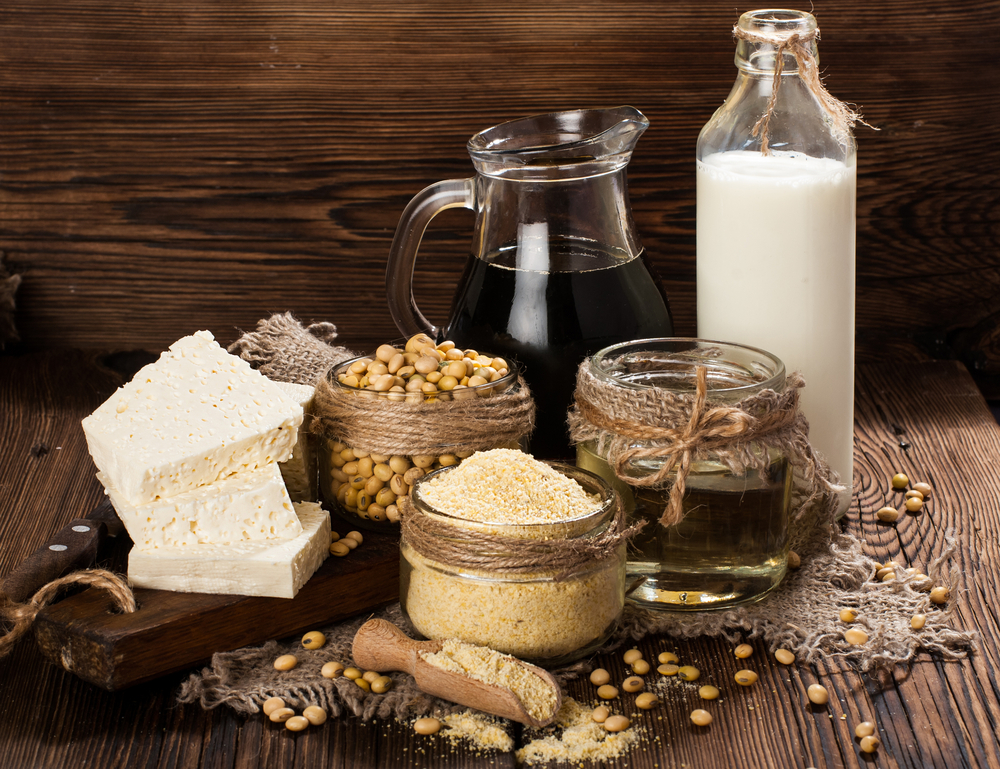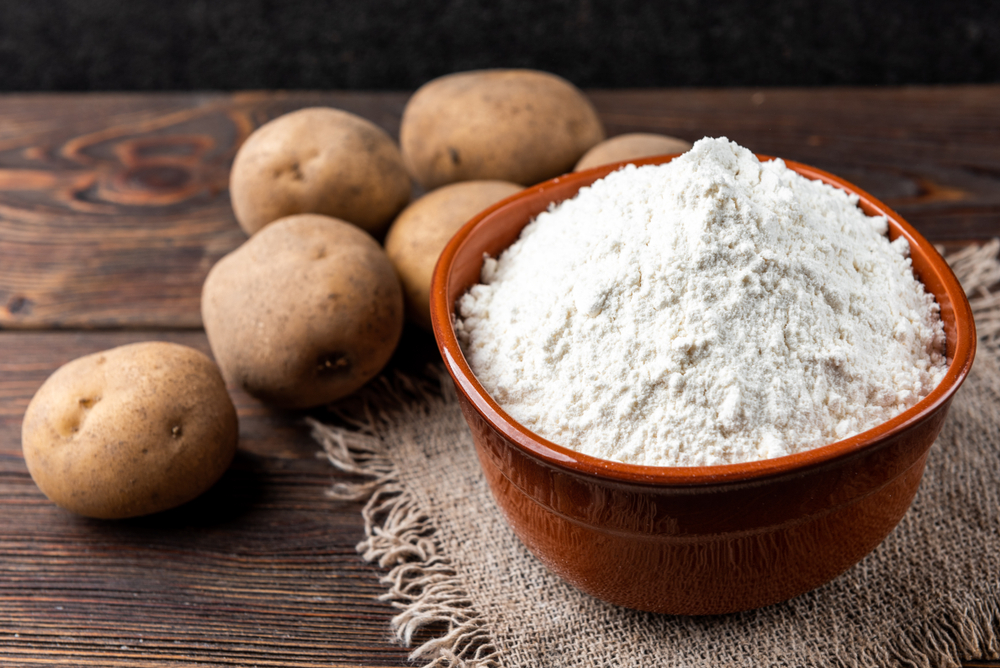As someone who loves to cook, I know that gravy is a staple in many households, especially during the holiday season. However, reheating leftover gravy can be a tricky task.
If not done correctly, it can end up lumpy, greasy, or even burnt. In this article, I will share some tips and tricks on how to reheat gravy properly, so that it tastes just as good as the first time around.
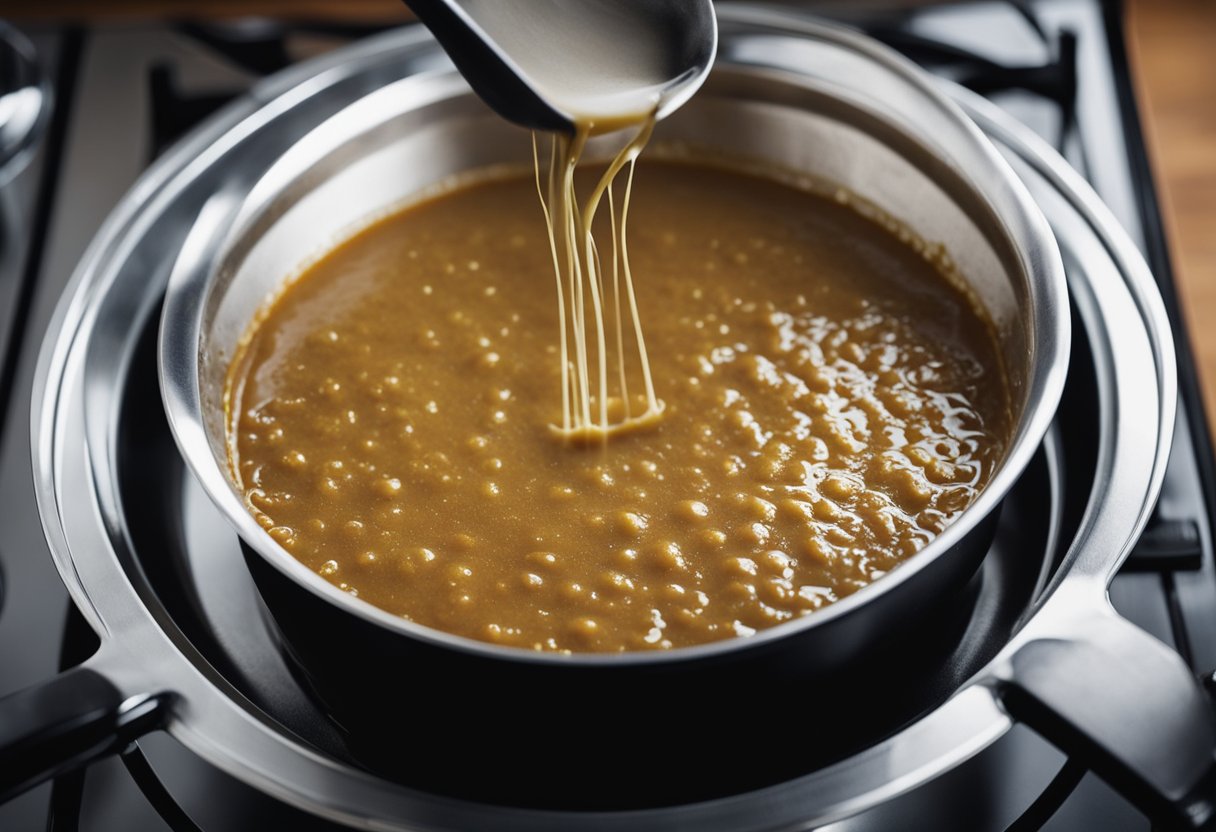
Understanding the Basics of Gravy is the first step to reheating it properly. Gravy is a sauce made from meat drippings, flour, and liquid. It is usually served hot and poured over meat, potatoes, or vegetables.
When reheating gravy, it is important to keep in mind that it is a delicate sauce that can easily break or lose its texture. Therefore, you must be careful when reheating it to ensure that it retains its flavor and consistency.
Proper Storage of Gravy is also essential to ensure that it reheats well. Leftover gravy should be stored in an airtight container in the refrigerator for up to four days. If you plan on keeping it for longer, you can freeze it for up to three months.
When reheating frozen gravy, it is important to thaw it first in the refrigerator overnight before reheating it. Now that we have covered the basics, let’s move on to the different methods of reheating gravy.
Key Takeaways
- Proper storage of leftover gravy is essential to ensure that it reheats well.
- Reheating gravy on the stove is the best method to ensure that it retains its flavor and consistency.
- Reheating gravy in the microwave can be quick and easy, but it can also cause the gravy to lose its texture and become lumpy.
Understanding the Basics of Gravy
As someone who enjoys cooking, I know that gravy is an essential part of many dishes. Whether you are making it from scratch or using leftovers, it’s important to understand the basics of gravy to ensure that it is reheated properly.
Gravy is a sauce made from meat juices, stock, or broth, and thickened with a starch such as cornstarch or flour.
The ingredients used to make gravy can vary depending on the dish, but the most common types of stock used are chicken stock and beef stock.
The consistency of gravy can also vary depending on the recipe. Some gravies are thick and rich, while others are thinner and more delicate.
The thickness of gravy is often achieved by adding a starch, such as cornstarch, which helps to thicken the liquid.
Gelatin and collagen are also important components of gravy. These proteins are found in meat and bones and are released into the liquid when it is cooked. Gelatin and collagen help to give the gravy a silky texture and add flavor.
When reheating gravy, it’s important to remember that the flavor can change if it is overheated. To prevent this, it’s best to reheat the gravy slowly over low heat. If the gravy is too thick, you can add a little bit of water or milk to thin it out.
In summary, understanding the basics of gravy is essential for reheating it properly. Knowing the ingredients, consistency, and flavor profile of gravy can help you achieve the perfect reheated sauce every time.
Proper Storage of Gravy
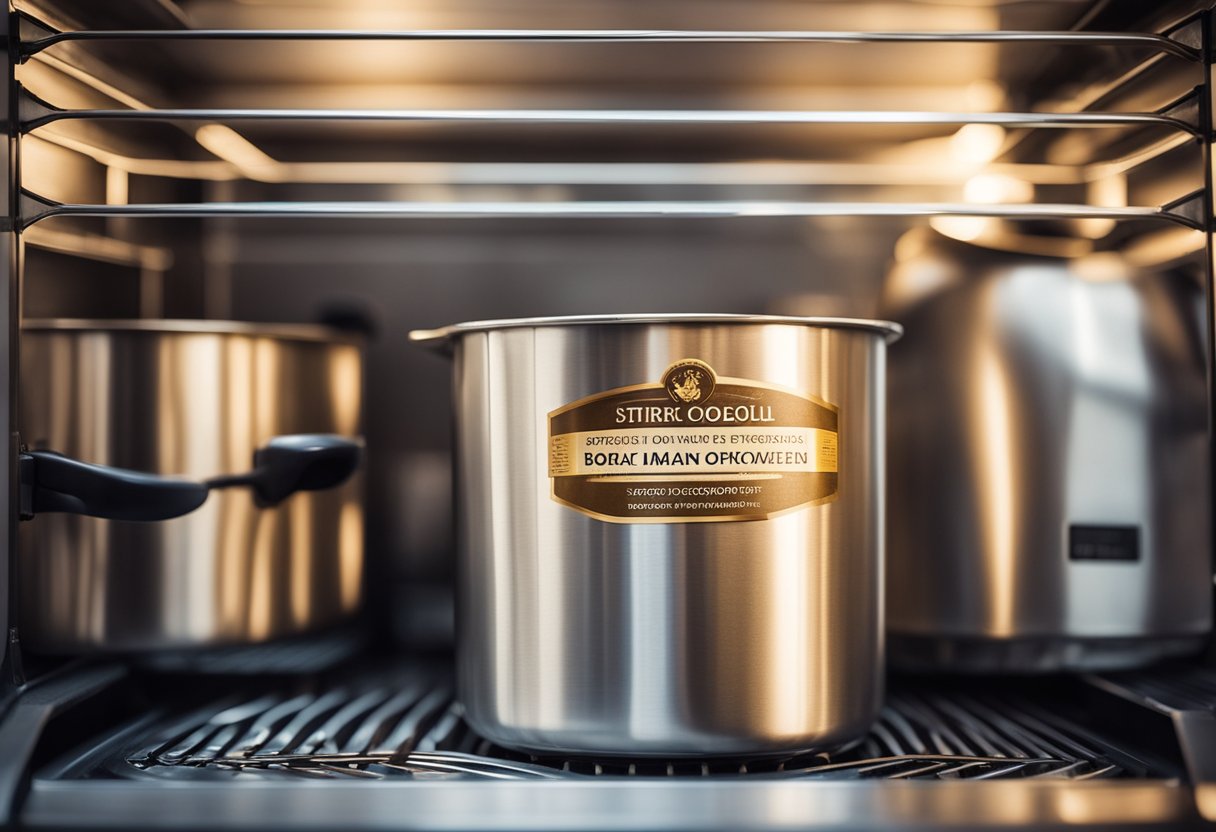
When it comes to storing leftover gravy, proper storage is key to maintaining its quality and taste.
Here are some tips on how to store gravy:
- Refrigerate: If you plan on using the leftover gravy within three days, store it in an airtight container and place it in the refrigerator. This will help prevent bacteria growth and keep the gravy fresh.
- Freeze: If you have more gravy than you can use within three days, you can freeze it for later use. To freeze gravy, let it cool to room temperature and transfer it to an airtight container. You can also use a freezer-safe plastic bag. Be sure to label the container or bag with the date and contents.
- Plastic wrap: To prevent a skin from forming during storage, place a piece of plastic wrap over the top of the gravy so air can’t get in. This will help keep the gravy fresh and prevent it from drying out.
- Room temperature: Do not leave gravy at room temperature for more than two hours. Bacteria can grow rapidly at room temperature, which can cause foodborne illness.
- Can you freeze gravy?: Yes, you can freeze gravy for up to four months. When reheating frozen gravy, thaw it in the refrigerator overnight and then reheat it on the stovetop or in the microwave.
By following these tips, you can store leftover gravy properly and enjoy it later.
Reheating Gravy on the Stove
When it comes to reheating gravy, the stove is a great option. It allows for precise temperature control, which is essential to avoid burning or scorching the gravy.
Here’s how I like to reheat gravy on the stove:
- First, I take out the leftover gravy from the fridge and let it sit at room temperature for a few minutes before reheating. This helps to bring it to a more manageable temperature.
- Next, I grab a small saucepan and add a splash of water to it. This helps to thin out the gravy and prevent it from sticking to the bottom of the pan. I use about 1/4 cup of water for every cup of gravy.
- I turn the stove on to low heat and place the saucepan on the burner. I whisk the gravy occasionally to ensure that it heats evenly.
- If the gravy is too thick, I add a little more water to the saucepan. I do this gradually to avoid making the gravy too thin.
- Once the gravy is simmering, I reduce the heat to the lowest setting and let it heat through for a few minutes. I stir it occasionally with a spoon to prevent it from sticking to the bottom of the pan.
- If I need to reheat a larger amount of gravy, I use a skillet instead of a saucepan. This allows for more surface area, so the gravy heats up more evenly. I use the same low heat and occasional stirring technique to prevent burning or scorching.
Overall, reheating gravy on the stove is a simple and effective method. With a little patience and attention to detail, you can have perfectly reheated gravy in no time.
Reheating Gravy in the Microwave
When it comes to reheating gravy, using a microwave is one of the quickest and easiest methods.
Here’s how I do it:
- Spoon the gravy into a microwave-safe bowl. Make sure the bowl is large enough to hold the gravy and leave some room for expansion.
- Add a spoonful of water to the gravy to prevent it from drying out during microwaving. This will also help thin out the gravy if it’s too thick.
- Microwave the gravy on high for 30-second intervals, stirring after each interval. This will ensure that the gravy heats evenly and prevents any lumps from forming.
- Check the temperature of the gravy with a kitchen thermometer. The gravy should reach a temperature of 165°F (74°C) to ensure that any bacteria is killed.
- If the gravy is still too thick, add a little more water and microwave it again for another 30 seconds.
It’s important to use a microwave-safe bowl to avoid any accidents or damage to the microwave. Glass or ceramic bowls are usually safe to use in the microwave.
Also, make sure your microwave is clean and functioning properly before starting the reheating process.
Overall, reheating gravy in the microwave is a quick and easy way to enjoy your leftovers without sacrificing taste or quality.
Serving and Using Reheated Gravy
Once you have reheated your gravy, there are many ways to use it. One classic option is to serve it over mashed potatoes, which makes for a delicious and comforting side dish.
Reheated gravy can also be used as a topping for turkey burgers or sandwiches, adding a savory and rich flavor to the meal.
If you have leftover sausage gravy, it can be reheated and used as a topping for biscuits or even as a dip for breakfast sausages. The possibilities are endless, and reheated gravy can add flavor to many dishes.
When serving reheated gravy, it’s important to make sure it’s heated thoroughly and evenly. You can use a gravy boat or ladle to serve it over your dish.
If you’re serving it over mashed potatoes, consider adding a sprinkle of fresh herbs or a pat of butter to enhance the flavor.
Overall, reheated gravy is a versatile and delicious addition to any Thanksgiving dinner or meal. With these tips, you can ensure your reheated gravy is heated properly and served in a way that enhances its flavor.
Safety Precautions When Reheating Gravy
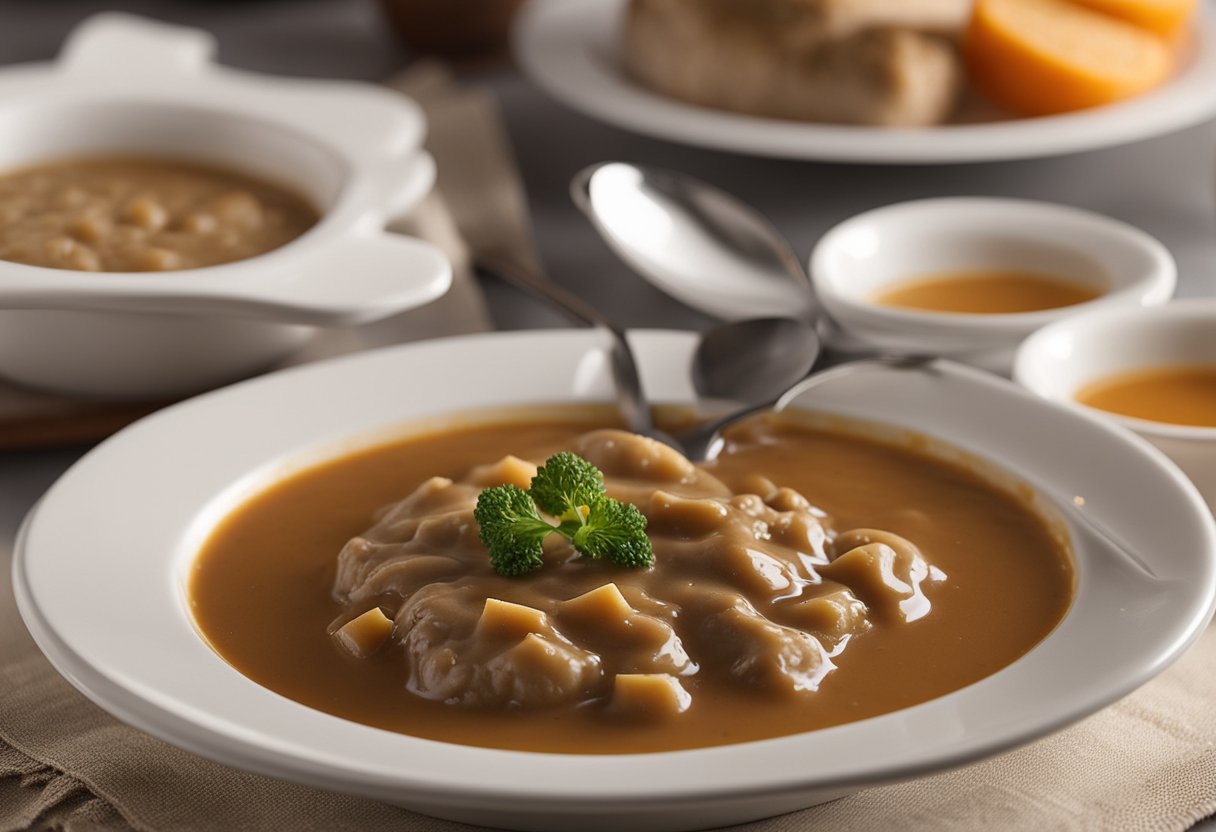
As someone who loves to cook, I know that reheating gravy can be a tricky task. It’s important to take safety precautions when reheating gravy to avoid the risk of foodborne illness.
Here are some tips to keep in mind:
- Proper storage: The key to reheating gravy safely starts with proper storage. Store leftover gravy in a shallow container and refrigerate it within two hours of cooking. If you’re not planning to use it within three to four days, freeze it.
- Thaw frozen gravy safely: If you’re reheating frozen gravy, it’s important to thaw it safely. The safest way to thaw frozen gravy is to transfer it from the freezer to the refrigerator a day before reheating it. If you’re short on time, you can thaw it in the microwave or in cold water, but be sure to finish reheating it immediately.
- Reheat small portions: When reheating gravy, it’s best to reheat small portions at a time. This will ensure that the gravy heats evenly and reduces the risk of bacteria growth.
- Use a slow cooker or oven: When reheating gravy, it’s important to heat it to an internal temperature of 165°F to kill any bacteria. Using a slow cooker or oven is a safe and effective way to reheat gravy, as you can monitor the temperature and ensure that it heats evenly.
- Be cautious with dairy products: If your gravy contains dairy products like cream or milk, be extra cautious when reheating it. These ingredients can spoil quickly and cause foodborne illness. It’s best to reheat dairy-based gravy slowly over low heat and stir it constantly to prevent scorching.
By following these safety precautions, you can enjoy your leftover gravy without worrying about getting sick. Remember to always use your best judgment and if in doubt, throw it out.
Frequently Asked Questions
How to reheat gravy in air fryer
If you want to reheat gravy in an air fryer, you can do so by placing the gravy in an oven-safe dish and then putting it in the air fryer.
Set the temperature to 350°F and cook for 5-10 minutes until the gravy is heated through. Make sure to stir the gravy occasionally to ensure that it heats evenly.
Reheating sausage gravy in microwave
To reheat sausage gravy in the microwave, place the gravy in a microwave-safe dish and cover it with a lid or microwave-safe plastic wrap.
Microwave on high for 30-second intervals, stirring in between each interval, until the gravy is heated through. Be careful not to overheat the gravy, as this can cause it to become lumpy or separate.
Can you reheat gravy twice?
It is generally not recommended to reheat gravy more than once, as this can increase the risk of bacterial growth and foodborne illness.
If you have leftover gravy that you want to reheat, it is best to do so in small portions and only reheat what you plan to use.
How to store gravy
To store gravy, let it cool to room temperature and then transfer it to an airtight container. Store the gravy in the refrigerator for up to 3-4 days. If you need to store the gravy for longer, you can freeze it for up to 3 months.
Can gravy be frozen and reheated?
Yes, gravy can be frozen and reheated. To freeze gravy, let it cool to room temperature and then transfer it to a freezer-safe container.
Freeze the gravy for up to 3 months. To reheat frozen gravy, let it thaw in the refrigerator overnight and then reheat it on the stove or in the microwave.
How do you thicken gravy when reheating?
If you find that your gravy has become too thin when reheating, you can thicken it by adding a slurry of cornstarch and water.
Mix 1 tablespoon of cornstarch with 1 tablespoon of cold water, then whisk the mixture into the gravy. Cook the gravy over medium heat, stirring constantly, until it thickens to your desired consistency.



